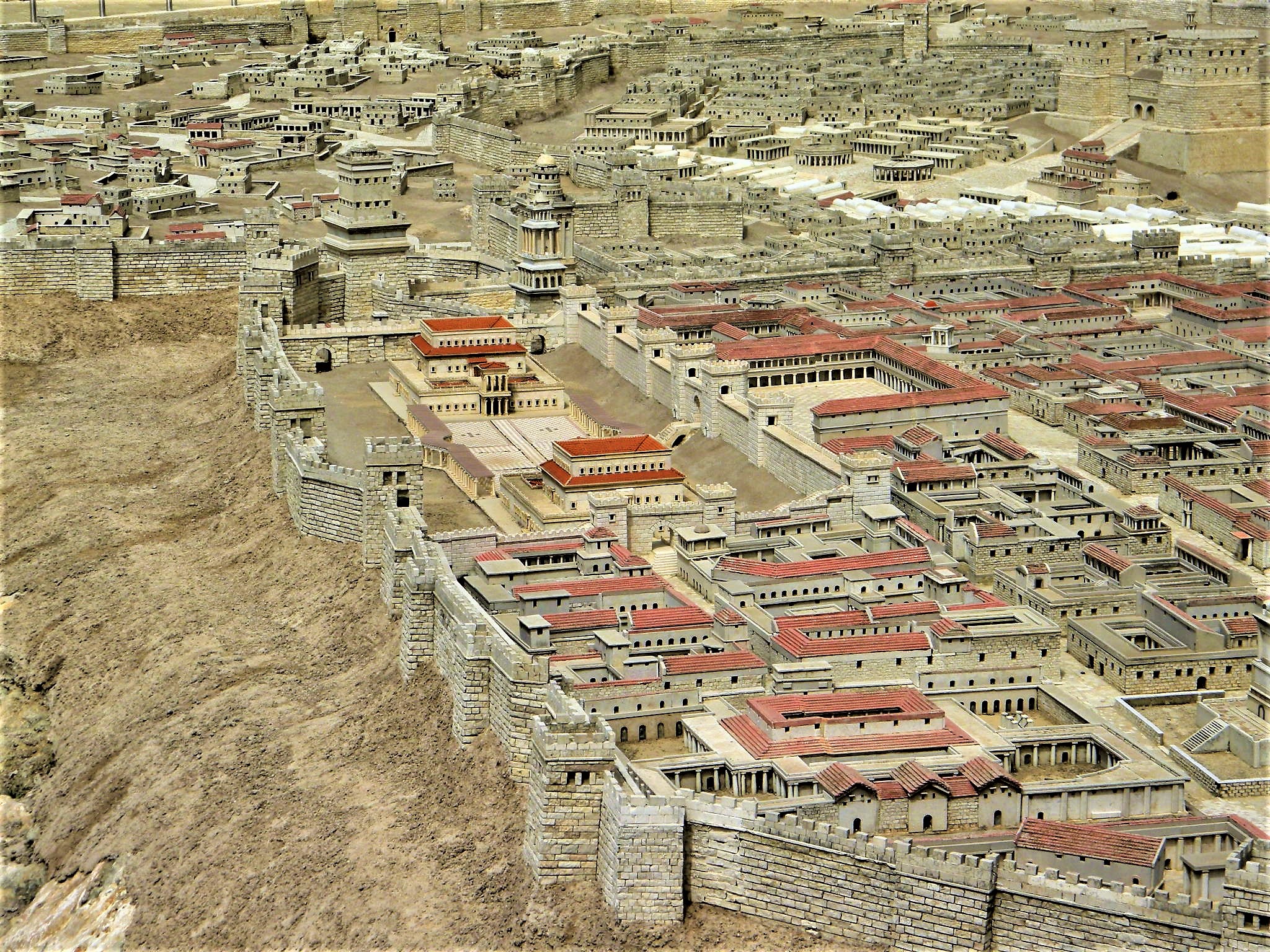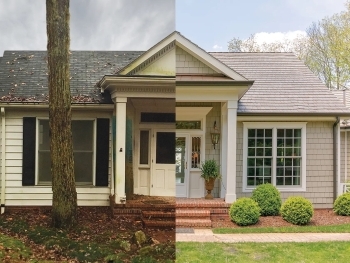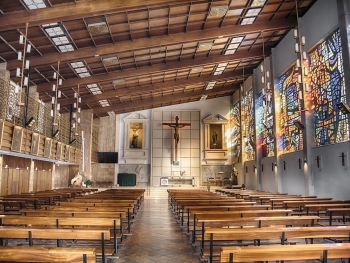Herod's Temple, also known as the Second Temple, was one of the most impressive structures of its time. It was built under the rule of Herod the Great and was a marvel of architecture and engineering. In this article, we will explore the architectural features of Herod's Temple and why it was considered an architectural marvel of the ancient world.
Herod's Temple was built on a platform that was twice the size of the previous temple's platform, and it was surrounded by a retaining wall that stood over 15 meters high. The temple itself was made of large blocks of white limestone and adorned with gold, silver, and precious stones. The entrance was through the Huldah Gates, which led to the outer courtyard.
The outer courtyard was an enormous space, measuring over 500 meters in length and 300 meters in width. It was paved with marble and was surrounded by a colonnade with double rows of columns. The columns were made of white marble and were over 17 meters high, with Corinthian capitals adorned with gold. The colonnade provided shade for visitors and added to the grandeur of the temple.
The inner courtyard was smaller and was only accessible to Jews. It contained the altar and the holy of holies, which housed the Ark of the Covenant. The inner courtyard was surrounded by an ornate balustrade made of bronze, which was adorned with intricate designs.
The temple also featured several other architectural marvels, such as the massive bronze doors that led to the holy of holies. The doors were over 10 meters high and weighed over 20 tons each. The temple also had a massive menorah made of solid gold, which was one of the most significant works of Jewish art.
The temple was not only a religious site but also a symbol of power and wealth for Herod. It was considered one of the most impressive structures of its time and was admired for its grandeur and architectural beauty.
Herod's Temple was an architectural marvel of the ancient world. Its grandeur and beauty were admired by all who saw it, and it was considered a symbol of power and wealth. While the temple may no longer stand, its architectural legacy lives on, and it continues to inspire architects and builders around the world.




